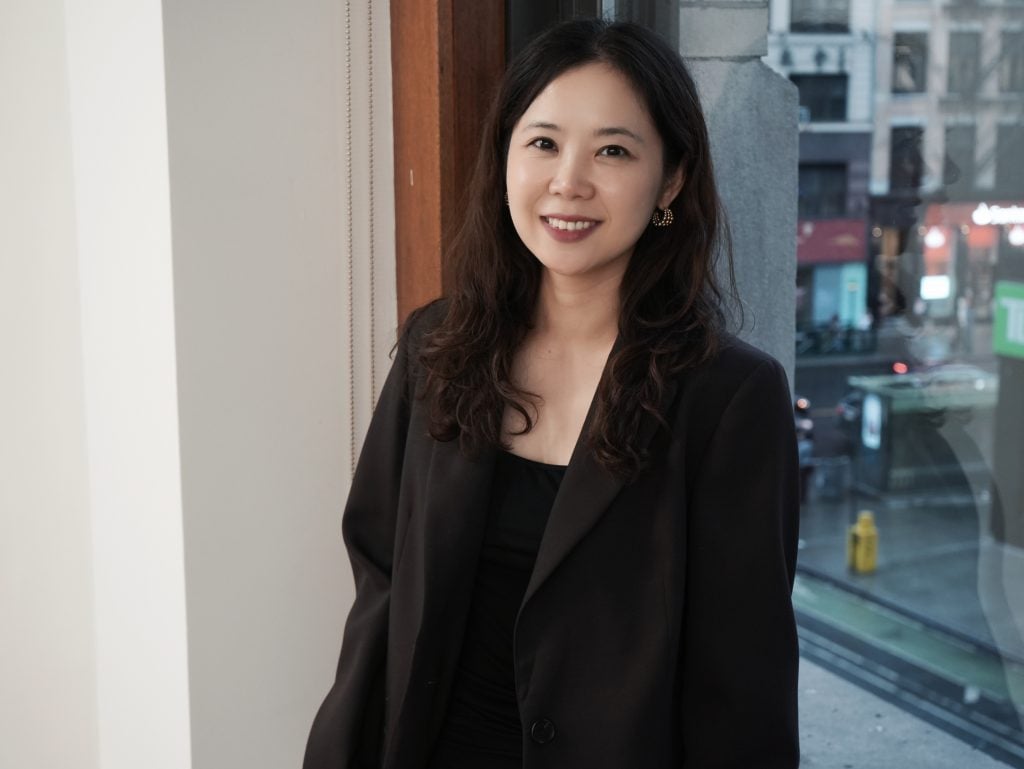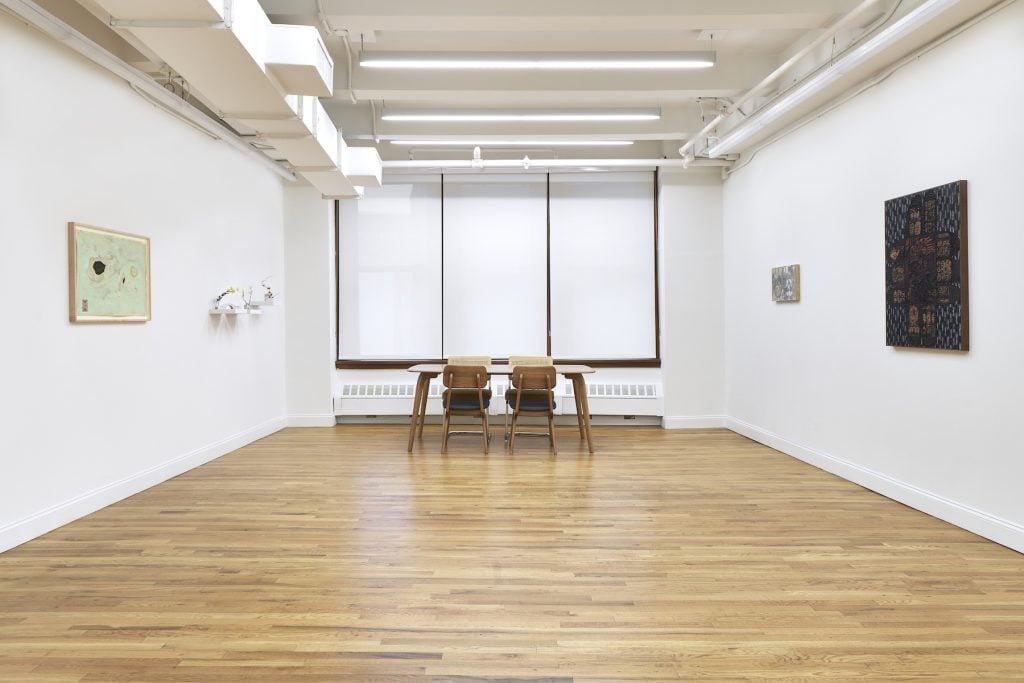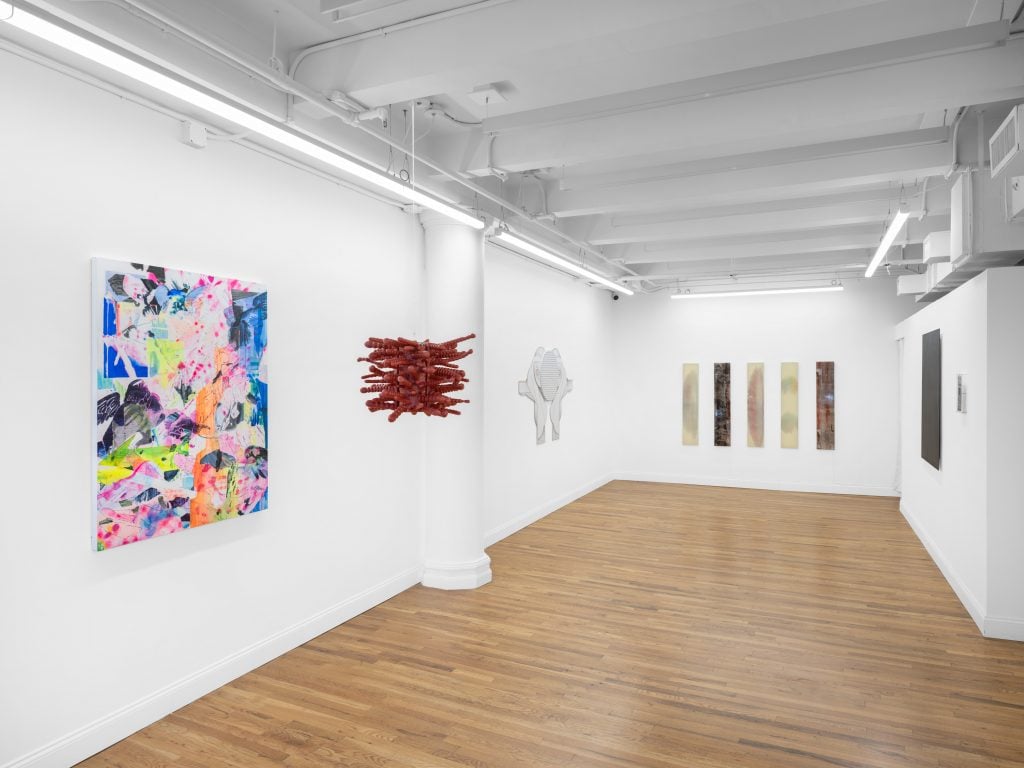09 July 2024
Art World
‘Asia’s voice in the West may still be small,’ she says, but immigration is changing that.

The View From is excerpted from The Asia Pivot, Artnet Pro’s biweekly members-only newsletter providing mission-critical analysis, insights, and exclusive intelligence on developments in Asia’s art markets, with a focus on business opportunities and challenges. Subscribe here to receive it directly to your inbox.
Rain Lu is the founder of Rainrain Gallery, an art advisor, and a freelance writer based in New York. She often travels to Asia as part of her work. In 2011, she set up her gallery in China, focusing on supporting emerging Chinese artists. For six years, the gallery introduced new artists to Asian audiences and collectors. After moving to New York in 2017, the gallery went through a rebranding under her leadership. This change underscored its commitment to emerging artists and diaspora communities. It transformed into an open, vibrant community that cherishes art and connects diverse cultural perspectives.
The year 2023 was significant for me, as it was primarily dedicated to finding an ideal space for my gallery. This endeavor came to fruition with the opening of the Rainrain Gallery in New York in September.
In March and September of 2023, I attended Art Basel in Hong Kong and Miami, respectively. In Hong Kong, I noticed a shift in perception; the initial hesitancy and speculation regarding its status as the Asian art hub seemed to be diminishing, thanks to the return of a global audience. Hong Kong’s position appears irreplaceable at this juncture. Meanwhile, cities like Seoul, Taipei, and Singapore are gaining unprecedented attention, contributing notably to a robust Asian art ecosystem. The Western focus on the Asian market as a whole has markedly increased.
Conversely, at Art Basel in Miami towards the year’s end, the representation of Asian galleries and artists was still minimal, which aligned with my expectations. I ponder whether the discussed tariff issues are the main cause. As a gallery owner, I believe it’s not just about tariffs but also increased transportation and labor costs. These factors drive galleries to rethink their operational strategies, especially when Asian artists garner limited attention in the Western market. It’s also crucial to differentiate between Asian artists based in Asia and those in the States, as each case warrants a unique approach and discussion.

Installation view of “The Lafayette Rendezvous: Contingents and Convergences,” the inaugural exhibition of Rainrain Gallery at its new location in New York. Courtesy Rainrain Gallery.
Since closing my gallery in Chengdu in 2017 and moving to New York, the aspiration to continue the gallery has persisted. Supporting artists, working along with them and introducing them to collectors has always been my passion. However, the New York market presented an entirely different landscape. Over these years, I have observed various players in the art ecosystem, including auction houses, curators, and media, which evolved my understanding and led to the strategic decision to open the gallery in New York.
As a gallery owner, I believe that there is no singularly best or worst time to open a gallery. The art market is cyclical with its own ups and downs. Operating in Manhattan, among hundreds of galleries, we all have seen many come (including my own) and go. The pandemic emphasized the importance of both virtual online spaces and physical offline spaces. Artwork isn’t just a screen image; it involves real interactions in a physical setting.
Due to my cultural background, I’m often asked, if my gallery specializes in Asian artists as people are curious about my gallery program. With a broader direction in mind, I aim for a flexible and adaptable operation, constantly observing and adjusting.
In recent years, more Asians (especially Chinese) have opened galleries abroad, a trend partly driven by Asian art professionals shifting or expanding globally. This is a positive development and expansion. However, for foreign gallery owners, entering the mainstream system of a new environment is a significant challenge. Yet, bringing new perspectives and cultural attributes to diverse environments and offering different programs from local galleries is meaningful.
Galleries are essentially businesses, and operating in a new market and facing a diverse audience, especially one differing from the gallery owner’s cultural background, poses unique questions for Asians running galleries abroad. We hope to see more Asian artists and organizations in Western environments, fostering a cultural exchange rather than a one-way export from West to East.

Installation view of the group exhibition “What Do Angels Look Like?” at Rainrain Gallery. Courtesy Rainrain Gallery.
Asia’s voice in the West may still be small, but it is significant. With ongoing immigration from countries like China and South Korea, this influence will continue. New immigrants involved in the local market will likely support artist groups related to their culture and identity. We are eager to see more immigrants supporting the Asian community, leading to positive changes and impacts.
Regarding the acceptance of Asian artists in Europe and America, my observation is that these markets are relatively open, though each has its cultural focus. The exposure of Asian artists in these markets is still limited, with some exceptions like the Korean Dansaekhwa and Chinese artists born in the 1950s.
It’s crucial to examine how Asian artists are promoted in the West: Which institutions are involved (and how), what are the angles of storytelling, and what is the extent of the local market’s understanding and acceptance? Ideology and national relations, especially concerning Chinese artists, cannot be ignored here. Geopolitics plays a significant role in contemporary art dissemination, sometimes leading to preconceived notions or prejudices.
All these issues merit macro-level discussion, but micro-level cases vary greatly. No country or culture exists in isolation; they are all interconnected. Art, as a communicative language between cultures, varies in expression, messaging, and presentation, impacting each differently.
Looking ahead to 2024, it may be challenging for small and medium-sized art market organizations and businesses. The focus may be on “how to survive smartly.” Observation, stabilization, and a wait-and-see approach are keys.
On a personal note, my goal is to continue launching quality programs, especially with U.S.-based artists, gradually introducing my gallery to broader audiences and collectors. As I foster a dynamic cultural dialogue between East and West, I hope to step by step realize the things I need and want to achieve in this new year.
—as told to Cathy Fan. This article was originally published in The Asia Pivot on January 24, 2024.
Follow Artnet News on Facebook:
Want to stay ahead of the art world? Subscribe to our newsletter to get the breaking news, eye-opening interviews, and incisive critical takes that drive the conversation forward.
More Trending Stories
This post was originally published on this site be sure to check out more of their content








